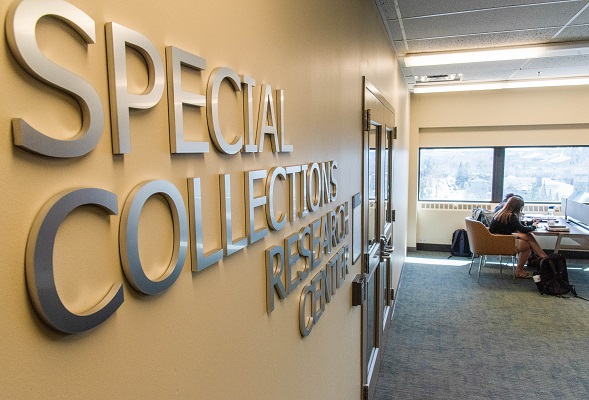Personal
The Personal Series (6 linear ft) includes materials related to Ira Deutchman's work separate from production companies and film projects. This includes writing, such as articles, screenplays and short stories, and research related to them, from 1968 when Deutchman was in high school until the 1980s. Also included with his writing are the books prepared for his promotion to Associate Professor at Columbia University. The personal series also has correspondence, which is sorted alphabetically by the name of the sender, with other producers, directors, actors and others, including Robert Duvall, Roman Polanski, and a card from Robert Altman. There is a folder of resumes and cover letters over the course of his career, as well as a few photographs. Significant in this series are more than two decades of appointment diaries, the earliest from high school until the late 1980s, with doodles, notes, and ticket stubs taped in from all of the movies and performances Ira Deutchman attended in college. A large portion of this series are the materials from the courses related to film production and Deutchman teaches as a Professor of Professional Practice in the Film Program at Columbia University, of which he was chair from 2011-2012. Lastly in this series are press articles and clippings related to Deutchman and his work at various production companies, as well as a large collection of business cards arranged in sleeves and loose.
